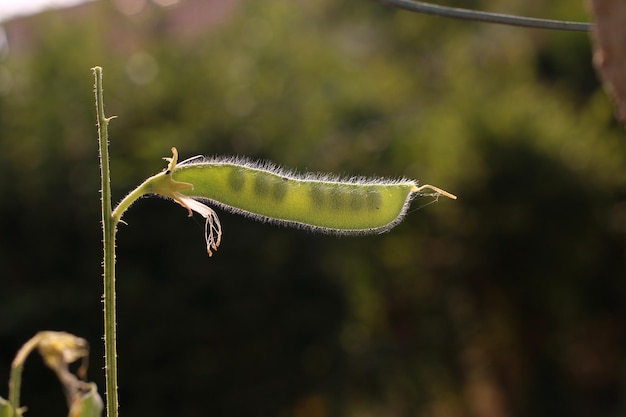Rope Worms: An Overview
Rope worms are distinct from other known parasites like roundworms and tapeworms because they resemble human feces and intestinal lining. Dr. Gubarev and Dr. Volinsky, who first introduced the concept of rope worms at the 2013 International Chronic Disease conference, estimate that nearly every human might be infected with some form of rope worm.
What Are Rope Worms?
Rope worms are often mistaken for decayed food matter or intestinal lining. They were discovered during a routine enema cleanse and were found to contain human DNA. It’s estimated that at least one in four people are infected with intestinal parasites. Symptoms of rope worm infection can vary widely and include weight changes, headaches, indigestion, rashes, increased susceptibility to colds and flu, and even cancer.
Several theories have been proposed to explain the presence of rope worms in the human intestinal tract:
– They might be a biofilm that forms in the intestines.
– They could be an overabundance or accumulation of mucus in the intestinal tract.
– A Candida infection, which is an overgrowth of yeast fungus, might be the root cause.
– Rope worms may be a byproduct of genetically modified organisms (GMOs) in food, with altered DNA from GMOs combining with human intestinal cells and bacteria to form a new life form.
The last theory is particularly alarming, suggesting that an organic, all-natural diet might help protect against parasite infections.
Appearance and Function
Mature rope worms can grow over one meter long and have an irregular cylindrical or rope-like shape, often dark brown in color, similar to feces. When expelled from the body and exposed to air, they produce a distinct and unpleasant odor. Some speculate that the parasite in rope worms causes the human gut to create a body for it, which acts as a vehicle through the intestinal tract, containing a mixture of parasites and human cells.
Researchers have found that mature rope worms attach themselves to the colon wall using suction cup-like bubbles. Food substances have been found in the remains of rope worms, suggesting that these parasites may prevent nutrient absorption. Additionally, rope worms release toxins in the body as a waste product, further compromising the health of the human host.
Symptoms of Rope Worm Infestation
People with rope worms may experience bloating, gas, frequent illness, headaches, indigestion, heightened allergies, and back pain. These symptoms are not always recognized as being connected to the presence of a parasitic worm, leading many people to overlook the possibility of having rope worms. Researchers have noted that 15% of cancers are related to parasites, and some studies have shown that intestinal parasitic infections can negatively affect mental performance.
Removing Rope Worms
According to Dr. Gubarev and Dr. Volinsky, coffee enemas are one of the most effective ways to remove rope worms. Other effective procedures include probiotic enemas, milk enemas, water fasting, cleansing, juice cleanses, and large servings of vitamin C. Avoiding GMOs, sugar, and wheat also appears to encourage the evacuation of rope worms. A basic yet thorough cleansing is one of the simplest and minimally invasive approaches to removing unwanted toxins from the intestinal tract.
Get Your Free Guide to Detox Your Health, Your Home, & Your Life
Here’s your chance to change your life for the better! Enter your email below to get our free guide to detoxing your health, home, and life!
By entering your email address, you agree to receive email communication from Global Healing.
Check Your Inbox!
You’ll be receiving an email shortly.

